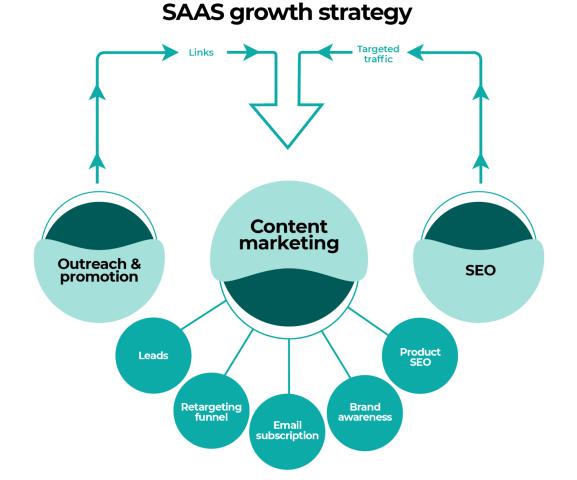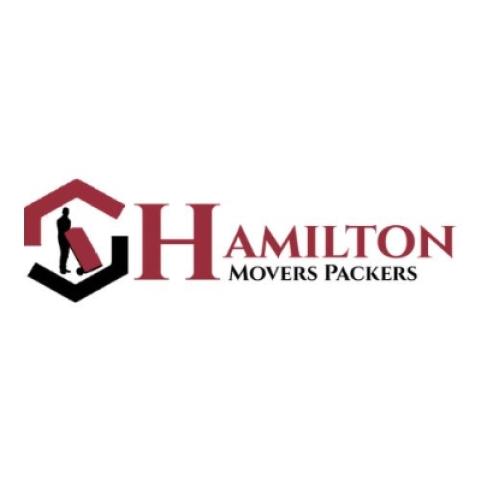As we move into 2025, the importance of local SEO for businesses continues to grow. With more consumers relying on search engines to find nearby businesses, having a strong local online presence is critical. For small to medium-sized businesses, effective local SEO can be the difference between steady growth and being overshadowed by competitors. This guide offers a comprehensive checklist to help business owners prepare their local SEO strategy for the new year.
In 2025, local SEO will evolve with advances in mobile and voice search, increasing competition for the local pack, and a heightened focus on user experience. The following checklist outlines the key steps every business owner should take to ensure their business is optimized for local search success. If you are looking for A Digital Marketing Agency Contact Domaindotin
1. Conduct a Local SEO Audit
Before you begin optimizing your local SEO efforts, it’s important to perform a thorough audit. This will help you understand where your business currently stands and identify areas for improvement.
Google My Business (GMB) Optimization: If you haven't already, claim and verify your Google My Business profile. Ensure that all sections are filled out, including business hours, service areas, and categories.
Local Citations: Make sure your business’s Name, Address, and Phone Number (NAP) are consistent across all local directories, such as Yelp, Bing, and Facebook.
Local Keyword Research: Research keywords that are relevant to your location and services. Tools like Google Keyword Planner and SEMrush can help identify location-specific search terms.
Competitor Analysis: Evaluate what your local competitors are doing well in terms of SEO and find opportunities where you can outperform them.
2. Optimize Your Google My Business Profile
Your Google My Business profile is one of the most critical elements of your local SEO strategy. A well-optimized GMB profile increases your chances of showing up in Google’s Local Pack—the group of local businesses that appear at the top of search results.
Complete Every Section: Fill out all the fields in your profile, including business categories, service areas, business hours, and a detailed business description.
Regularly Post Updates: Use GMB posts to share updates, offers, events, and promotions to keep your audience engaged and informed.
Enable Messaging and Q&A: Activate GMB messaging to allow customers to contact you directly from search results. Also, monitor and respond to customer questions in the Q&A section.
Collect Reviews: Encourage satisfied customers to leave positive reviews and always respond to them, showing engagement and building trust.
3. Optimize for Mobile Search
Mobile devices are now the primary way users search for local businesses. Google’s algorithms prioritize mobile-friendly websites, so it’s essential to ensure your site is optimized for mobile devices.
Mobile-Friendly Website: Ensure your website is responsive, meaning it adapts to all screen sizes, and that it loads quickly on mobile devices.
Click-to-Call Buttons: Add click-to-call buttons to your website so users can easily contact you from their smartphones without needing to navigate further.
Local Intent Content: Create content that’s tailored to mobile users with local intent. For example, optimize for “near me” search terms and answer common questions about your services.
4. Leverage Localized Content
Creating localized content not only improves your SEO but also helps you build stronger connections with your community.
Create Location-Specific Pages: If your business serves multiple locations, create individual landing pages for each one. Be sure to include relevant local keywords and unique content for each page.
Local Blogging: Write blog posts that focus on local events, news, and community involvement. This positions your business as a local expert and boosts your SEO.
Use Hyperlocal Keywords: Incorporate neighborhood-specific keywords in your content to target searches for smaller, localized areas.
5. Build and Maintain Local Citations
Local citations, which are mentions of your business on local directories and review sites, are crucial for improving your local search rankings.
Directory Listings: Submit your business to local directories like Yelp, Angie’s List, and industry-specific platforms. Each mention strengthens your local SEO.
NAP Consistency: Ensure that your business’s Name, Address, and Phone number are the same across all platforms. Inconsistent information can confuse search engines and hurt your rankings.
Monitor and Update Listings: Periodically check your listings for accuracy and update them as needed to ensure your information is always up-to-date.
6. Optimize for Voice Search
With the growing popularity of voice assistants like Siri and Alexa, voice search is becoming increasingly important in local SEO. Voice searches are often more conversational and longer than text-based searches, so your content must cater to this trend.
Long-Tail Keyword Phrases: Incorporate conversational, question-based phrases into your content to capture voice search queries.
Structured Data Markup: Use schema markup to help search engines understand your business better and increase your chances of appearing in voice search results.
Focus on “Near Me” Searches: Voice searches often include “near me” queries, so ensure your GMB and local listings include accurate location data.
7. Earn and Manage Reviews
Customer reviews are one of the most significant ranking factors in local search. Positive reviews build trust with potential customers and boost your credibility with search engines.
Encourage Customer Reviews: Proactively ask satisfied customers to leave reviews on Google and other relevant review sites.
Respond to All Reviews: Show your engagement by responding to every review, whether it’s positive or negative. This demonstrates your commitment to customer service and encourages more people to leave feedback.
Monitor Review Sites: Keep track of your reviews on platforms like Yelp, Facebook, and TripAdvisor, and respond promptly.
8. Local Backlink Building
Backlinks from local websites can significantly boost your SEO rankings by demonstrating to search engines that your business is trusted within the local community.
Partner with Local Businesses: Build relationships with complementary local businesses and look for opportunities to earn backlinks by collaborating on content or hosting joint events.
Local Press and Media: Seek out mentions from local newspapers, blogs, and media outlets to boost your website’s authority.
Sponsor Local Events: By sponsoring local events, your business can get backlinks from event websites and increase its visibility in the community.
9. Use Social Media to Boost Local Engagement
Social media plays an important role in local SEO, as platforms like Facebook and Instagram are increasingly used for local searches and reviews.
Local Hashtags and Geotags: Use location-based hashtags and geotags in your social media posts to increase your visibility within the local community.
Engage with Local Followers: Actively respond to comments and messages from local followers, and encourage them to share your content to boost engagement.
Promote Local Events: Share information about local events your business is participating in or hosting to build stronger connections with your audience.
10. Monitor and Track Local SEO Performance
After implementing all of these strategies, it’s important to track your progress and adjust your efforts as needed.
Set Up Google Analytics and Search Console: Use these tools to track local traffic, keyword rankings, and user behavior.
Use Local SEO Tools: Tools like Moz Local, BrightLocal, and Whitespark can help you monitor your local SEO performance and ensure your business is consistently optimized.
Monitor Local Rankings: Regularly check how your business ranks in local search results and make adjustments to your strategy when necessary.
Read More about SEO for Beginners
For Local Support contact our SEO expert in Kerala, freelance digital marketer in calicut
Conclusion
In 2025, local SEO is set to become even more essential for businesses looking to thrive in an increasingly competitive digital landscape. By following this checklist, you can ensure that your business is well-prepared to attract local customers and stay ahead of your competitors. Local SEO requires ongoing effort and adaptation, but the rewards are worth it—stronger visibility, more foot traffic, and ultimately, increased revenue. Start optimizing your local SEO today to set your business up for success in the new year.















